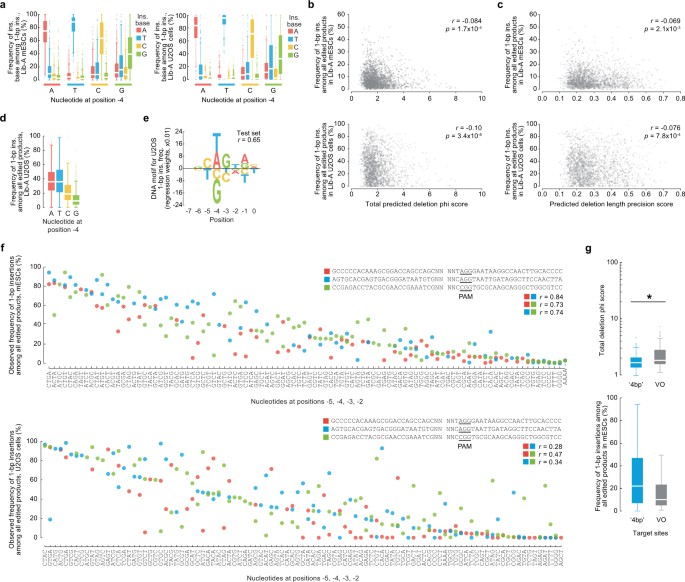

MUSCLE is also available as a web service via the European Molecular Biology Laboratory (EMBL)- European Bioinformatics Institute (EBI). MUSCLE is integrated into DNASTAR's Lasergene software, Geneious, and MacVector and is available in Sequencher, MEGA, and UGENE as a plug-in. is significantly faster than Clustal, more so for larger alignments. MUSCLE is often used as a replacement for Clustal, since it usually (but not always) gives better sequence alignments, depending on the chosen options. The refinement stage adds to the time complexity another term, O( N 3 L). In the first two stages of the algorithm, the time complexity is O( N 2 L + NL 2), the space complexity is O( N 2 + NL + L 2). The process of deleting an edge and aligning is repeated until convergence, or until a user-defined limit is reached. If the SP score is improved, the new alignment is kept, otherwise, it is discarded. A new multiple sequence alignment is produced by re-aligning the subtree profiles. The profile of the multiple alignment is then computed for each subtree. The chosen edge is deleted, dividing the tree into two subtrees. In this final stage, an edge is chosen from the second tree, with edges being visited in decreasing distance from the root. A progressive alignment is performed to obtain a multiple sequence alignment like in Stage 1, but it is optimized by only computing alignments in subtrees whose branching orders have changed from the first binary tree, resulting in a more accurate alignment. UPGMA clusters this distance matrix to obtain a second binary tree. This stage focuses on obtaining a more optimal tree by calculating the Kimura distance for each pair of input sequences using the multiple sequence alignment obtained in Stage one, and creates a second distance matrix. This continues until there is a multiple sequence alignment of all input sequences at the root of the tree. For every node in the tree, a pairwise alignment is constructed of the two child profiles, creating a new profile to be assigned to that node. From this tree a progressive alignment is constructed, beginning with the creation of profiles for each leaf of the tree. UPGMA clusters the distance matrix to produce a binary tree. This step begins by computing the k-mer distance for every pair of input sequences to create a distance matrix. In this first stage, the algorithm produces a multiple alignment, emphasizing speed over accuracy. The MUSCLE algorithm proceeds in three stages: the draft progressive, improved progressive, and refinement stage. The second paper, published in BMC Bioinformatics, presented more technical details. The two centromere regions differ in primary nucleotide sequence, but contain structural features in common. The first paper, published in Nucleic Acids Research, introduced the sequence alignment algorithm. We determined the nucleotide sequence of DNA segments containing functional centromeres (CEN3 and CEN11) isolated from yeast chromosomes III and XI.
Nucleotide sequence comparison software#
MUltiple Sequence Comparison by Log-Expectation ( MUSCLE) is computer software for multiple sequence alignment of protein and nucleotide sequences.


 0 kommentar(er)
0 kommentar(er)
